The U.S. Coast Guard recently released their 2023 Recreational Boating Statistics. The annual report is a bellwether of boating safety, measuring how well everyone who recreates on the water is handling priority number one—returning home safe. In 2023, the U.S. Coast Guard reported a record drop in year-over-year boating fatalities, going from 636 in 2022 to 564 last year. The 11 percent decrease would be cause for celebration if it weren’t for one disturbing detail for our sport—deaths involving paddlers actually increased in 2023.
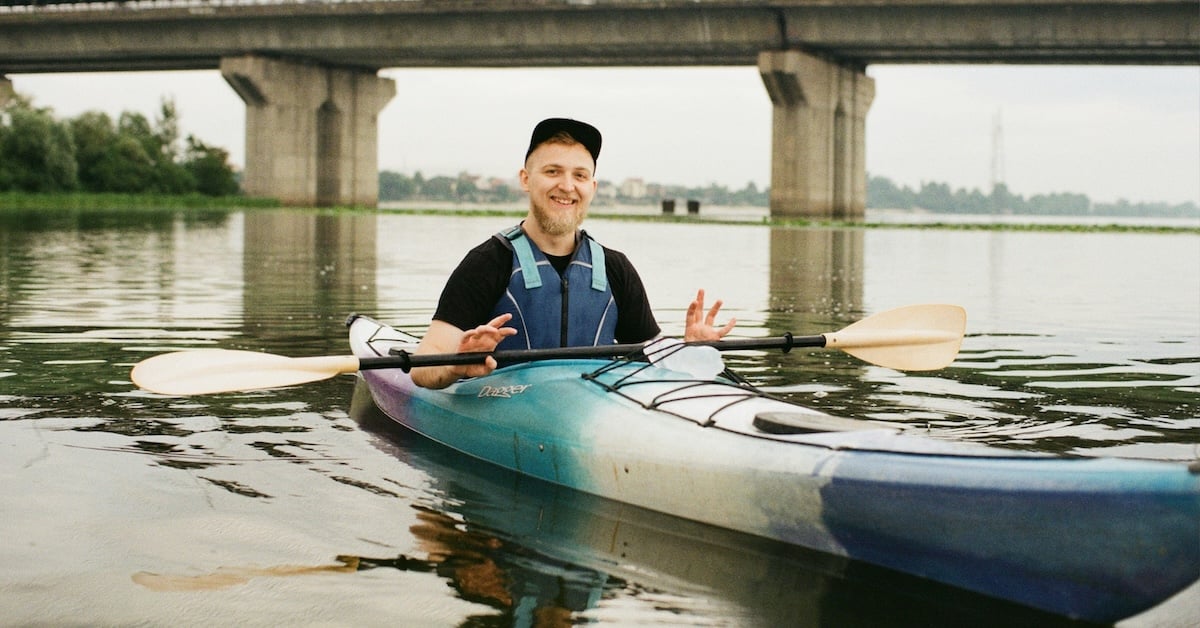
Why the 2023 Coast Guard report shows an unsettling trend in paddling
Paddlesports were involved in 183 fatalities in the 2023 report, a five percent increase from last year. This means paddlesports account for 32.5 percent of the total deaths reported in 2023—second only to open motorboats.
In an article summarizing the report, Jim Emmons, executive director of the Water Sports Foundation (WSF) shares, “The number of people involved in paddling incidents, and especially those who don’t come back to their loved ones, is unacceptable. Paddling fatalities continue to increase even as overall boating deaths are declining. Since most incidents are preventable, recreational paddling safety advocates including the U.S. Coast Guard, state agencies and non-profits must rally together to reverse this trend.”
The WSF identifies another significant number if you breakdown the report further. Of those who died in paddling accidents, nearly three quarters had less than 100 hours experience in the activity, and well over one-third had less than 10 hours experience. It’s the people making their introduction to paddling who are most at risk. A factor that has been exacerbated since the recreation boom over the past four years.
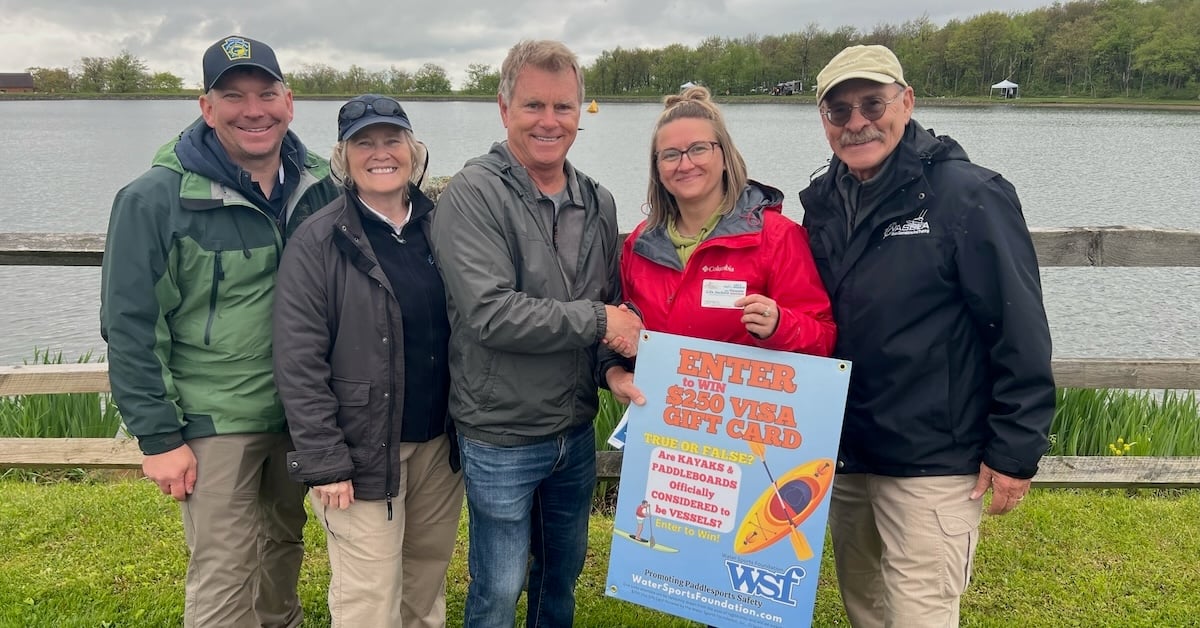
How the WSF plans to shift the tide
The WSF is a national nonprofit boater education organization based in Orlando, Florida and founded in 2003. In 2016 the nonprofit launched the first U.S. Coast Guard grant-funded project designed to increase awareness of paddlesports safety.
A large part of the equation is finding a way to provide basic safety education, and the best venue for this may be meeting entry-level paddlers at the point of sale.
The WSF has managed to bring big names in paddlesports retail to their cause. Last year, the WSF worked with retailer Tractor Supply to encourage more safety promotion in their stores. This led to the inclusion of lifejackets around their kayak displays.
The WSF also scored a big win recently with the recruitment of Dick’s Sporting Goods as paddling safety ambassadors. According to the WSF, “Corporate managers pledged to promote more safety recommendations online and in stores, including the importance of wearing life jackets and taking a free paddler safety course.”
The free online courses will be implemented by the American Canoe Association.
The WSF adds that, “The effort positions Dick’s Sporting Goods as a safety leader among large non-specialty retailers, which sell the majority of entry-level paddle craft in the United States.”
Employing non-specialty retailers to spread the word on safety holds a promising potential of reaching the largest demographics of the sport, and if successful can play a key role in reducing fatalities in paddlesports.
Feature Image: Hyperlite, courtesy of the Water Sports Foundation


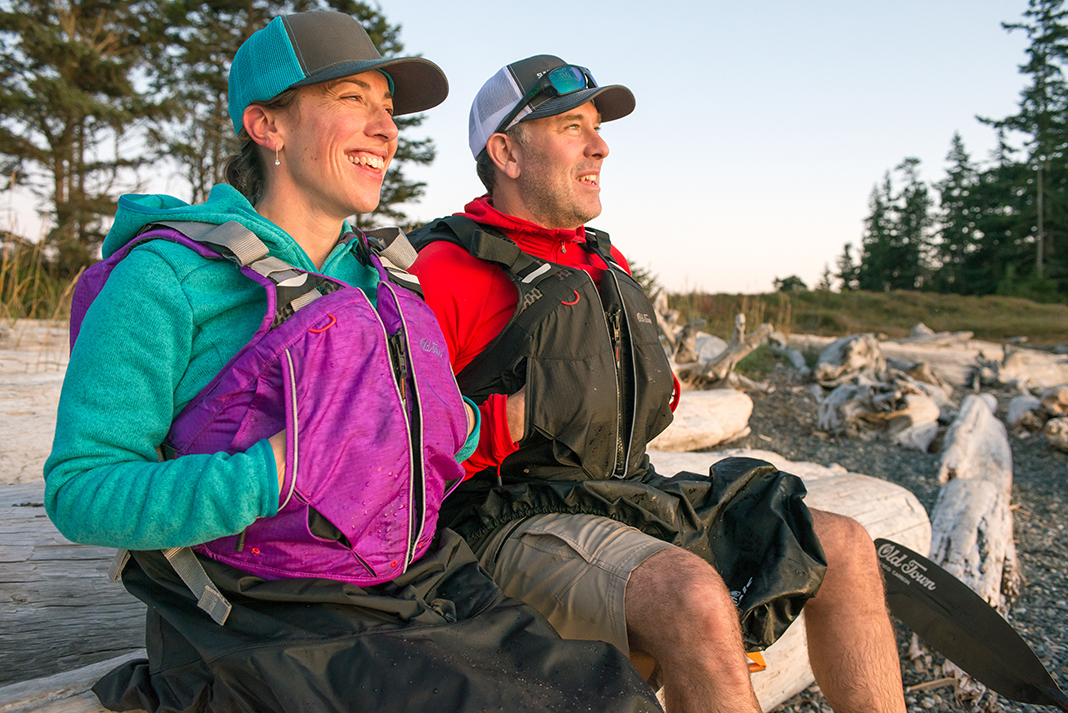
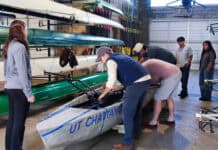
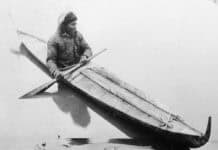
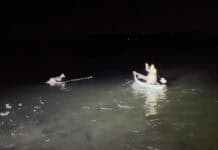
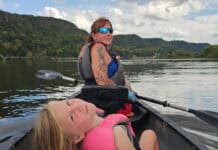



I was unclear whether the article was referring to overall paddling deaths? Because what would be meaningful would be whether the risk of death has increased, that is paddling deaths per excursion or even per paddler. It’s kind of obvious that the popularity of kayaking is increasing tremendously in the last few years, so the overall number of accidents would naturally increase as well
Agreed, specialized stores are more likely to have more knowledgeable sales staff and not just in product but how to get started, where to paddle, being fitted properly for a pfd. But, these statistics may be another way toward requiring registration of canoes, kayaks, SUPs, to collect revenue. Every vessel should have contact information on it, regardless.
I assume that the study didn’t break down paddlers further into the type of watercraft which were involved. I am an avid canoeist and partake in extended back-country trips. A couple of years ago I came off a river onto the last lake of my trip and saw 2 paddle boarders near the rapids I just came over. I had timed my morning paddle to get onto the last lake early enough to avoid the anticipated high winds and rain. The lake ran east to west with cliffs on both sides of the lake and the prevailing wind was from the west.
As I passed the paddlers I saw that they were both in swimwear, no life jackets and no other equipment other than water bottles. The lake was a cold lake which doesn’t get too warm over the summer, by the time I was halfway across the 3-mile-long lake the wind was strong and the rain had started.
If the paddlers were knocked off their boards the wind and waves would push them to the far end of the lake the cold water could kill them or they could easily die of exposure on the far east shore where they would have to wait out the September storm.
There are so many people taking up paddle boarding and from the two people I saw there are people with little or no knowledge of proper preparation and safety on the water.
Good on you for taking the initiative, Graham.
And taking a cue from the preceding article, it would help if the staff spoke clearly emphasized the importance of instruction on safety and boat control.
From my experience shopping in non-specific sporting goods departments in major retailers (eg. Cos_co, Canadian T_re, etc.), the store staff can be quite clueless about what’s being sold. Staff are trained to merely restock the shelves, not assist customers. At times, I’ve stepped in and offered suggestions to a seemingly uninformed customer about subjects like; how to select and fit a PFD, how to choose a paddle (canoe or kayak), and other stuff. If the store staff are still within earshot, I try to include them, so they’re better informed for the next customer(s). Call me a busybody, but experience counts for something.
I appreciate the article on the rising death toll in our sport. I think involving the big box stores that sell the cheap boats to untrained paddlers in safety campaigns is a good idea and a hood start. I’m an experienced paddler and I would like to help. Where xan I start? How can I help?